There’s a lot more to that paddle stroke than just a flex of the arms and shoulders. It’s core, knee-to-shoulder core, says Katie Rowe. Rowe is a World Paddle Association Level 1 certified instructor and a 200-hour yoga instructor based in Mount Pleasant, South Carolina. She is training for Chattajack 31, a 31-mile stand up paddleboard (SUP) and kayak race through the Tennessee River Gorge. Here, she and other certified instructors share their exercises for stand-up paddleboarding.
Exercises for Stand-Up Paddleboarding
We’ve all heard a lot about core lately. These are the muscles that connect your upper and lower body. They are used in most sports activities, so keeping them strong and balanced is key for any athlete.
“When I am training for SUP I look for exercises that strengthen the core–abdominal and back muscles–legs and shoulders. I also look for poses or asanas that stretch the hamstrings, open the shoulders and hips, aid in trunk rotation, and of course, balance. A cardio routine doesn’t hurt either,” Rowe says.
For starters, Rowe recommends the plank pose. “Plank strengthens your entire core. It also strengthens your shoulders, and legs. Plus, there are so many different variations of plank, you can’t get bored with it,” she says. She likes practicing her plank pose on her paddleboard, which offers the added challenge of finding stability.
To really wake up your core, Rowe suggests this trick: “Start from the ground! Lying on your stomach, place your elbows directly underneath your shoulders. Make fists with your hands with your thumbs on top. Squeeze your shoulder blades back and down. Engage your glutes (butt) and quads (thighs). This should cause your knees to lift up off the ground. Dig in your toes and finally lift your body up,” she says.
Start with intervals of 30 seconds she says. Variations on plank can include shifting from forearms to extended arms and lifting arms and legs off the ground.
Back in Shape
San Francisco-based fitness trainer Alexis Craig suggests that you also strengthen your posterior chain. “That means the back side of the body including glutes, rhomboids, and lats. You use the backside of your body to propel the board forward,” she says. Most people are much more aware of the front of their body, the anterior chain, Craig says. We use those muscles for walking and running. At the same time, we spend a lot of time sitting at desks or in cars, which isn’t so great for the posterior.
“It is important to use the posterior chain for paddleboarding because you are pulling the paddle toward you which uses your back, and you are squatting which uses the glutes. Because the power phase of the paddleboard stroke is in the hip extension standing up, you have to use the entire back side of your body,” she says. Craig, a PaddleFit and 200-hour yoga trained fitness coach, suggests moves like squats, rows, and pull-ups. “Not only will they help build strength in the posterior chain, they will improve your posture too,” she says.
Uneven Treatment
Whether you are new to paddle sports or want to kick up your workout try a Bosu ball says Angela Thomas of Over Board Paddle and Fitness. They launch on the Choptank River in Cambridge, Maryland. Bosu balls are training tools that look like half an exercise ball topped with a platform and are great for exercises related to stand-up paddleboarding. “Using a Bosu ball is the best for building balance because it is very similar to a being on a SUP Board with the side to side balance,” she says. She recommends doing squats, lunges and even working your upper body while standing on one.
Craig also recommends adding in exercises that will mimic the environment on the water. In this case, she says to add in resistance with the muscles that will move the paddle. Craig likes the TRX Rip Training®, it’s a bar anchored on only one side and attached by a resistance band. “Rotational power and stability is important both for being strong and stable, as well as having lots of strength to propel the board forward. I like to train using the TRX Rip Trainer so that you can use elastic resistance to mimic the SUP environment. The best moves are the Rip Stack, and the Rip Paddleboard Row,” she says.
For a full simulation, try out the Surfset Fitness® board, a land-based surfboard that mimics the water’s uneven motion. “This way they can do the entire workout in an unstable environment so their body develops strength into the stabilizers,” she says.
Humble Warrior
Jana Olenio owner of SUP YO, a registered and certified SUP yoga teacher, knows the strength and flexibility that comes with yoga both on and off the water. She teaches SUP yoga in coastal Massachusetts and New Hampshire. She likes to pay careful attention to the hips. “You are using the hips a lot when you are doing a proper paddle technique,” she says. You want to help open those areas, Olenio says so that your joints and muscles won’t feel tight. Two poses that get the hips loose and “lubricated” are squat and pigeon Olenio says.
She also recommends opening your shoulder area too. One trick she likes is a modified camel pose while holding a paddle. And for good overall stretching and strengthening in these key areas, try the humble warrior. That opens shoulders, strengthens quads and stretches hamstrings. “You get all three with that one,” she says. And like all the others, Olenio likes a strong core. Her go-to is boat pose.
Also, consider a yoga routine just before you head out on the water. “I like to do a few rounds of Surya Namaskaaram (Sun Salutation) to warm up before a paddle. This sequence warms up and stretches all the major muscle groups and joints, increases your heart rate, improves flexibility, and it contains my favorite pose, plank,” says Rowe.
With the combination of yoga and regularly using the exercises for stand-up paddleboarding described above, you will have the strength and flexibility to take your skills to the next level.
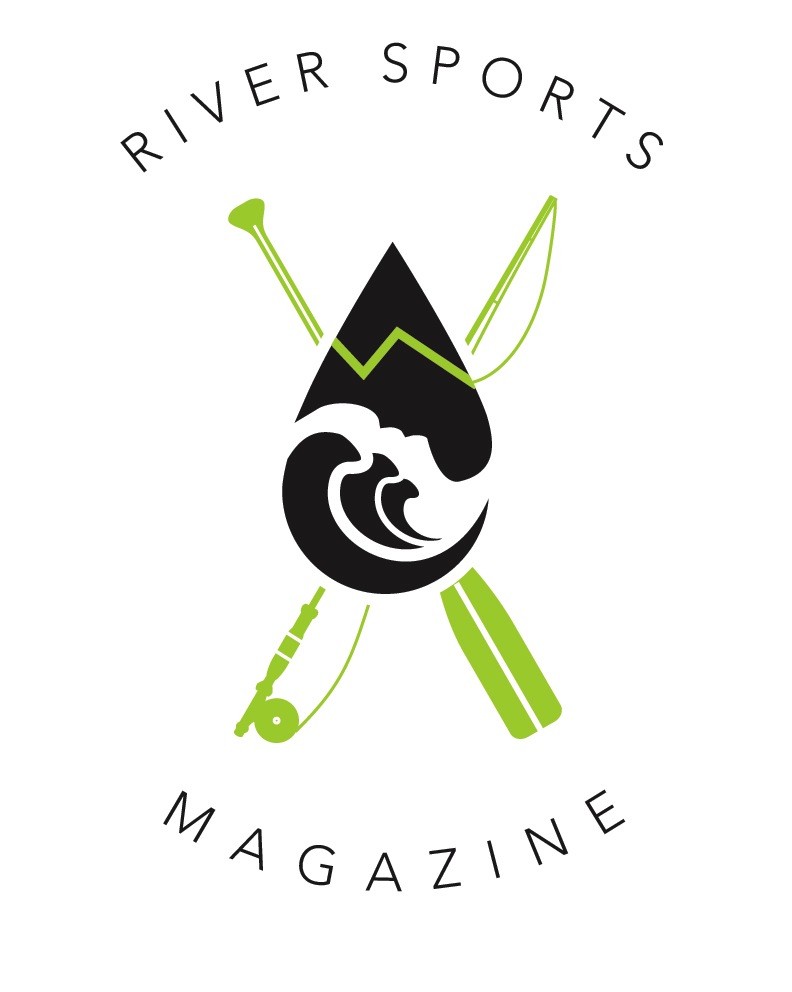
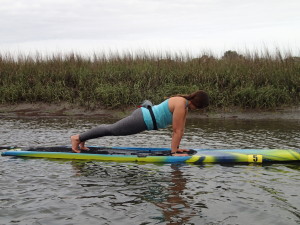
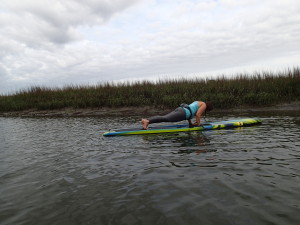
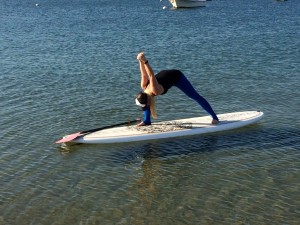
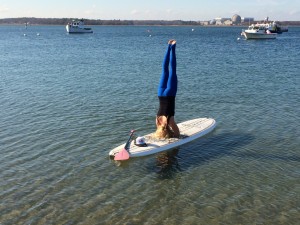
Leave a Comment